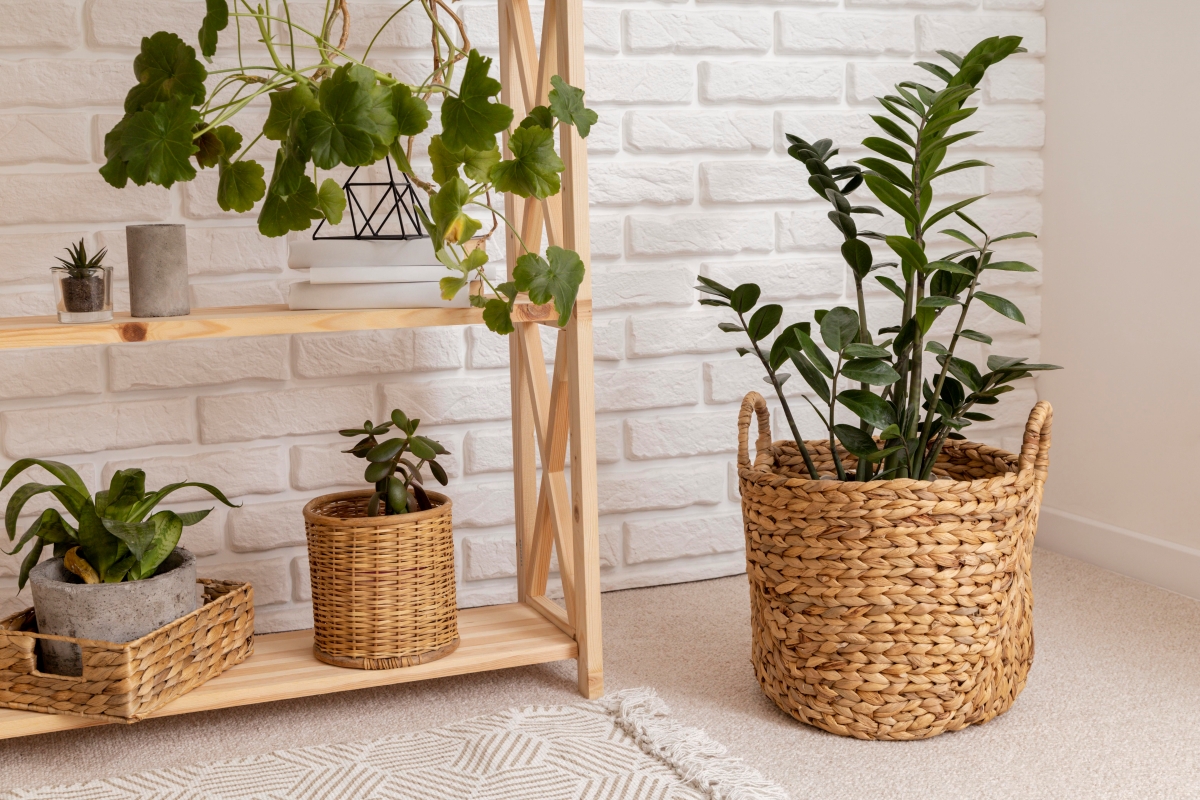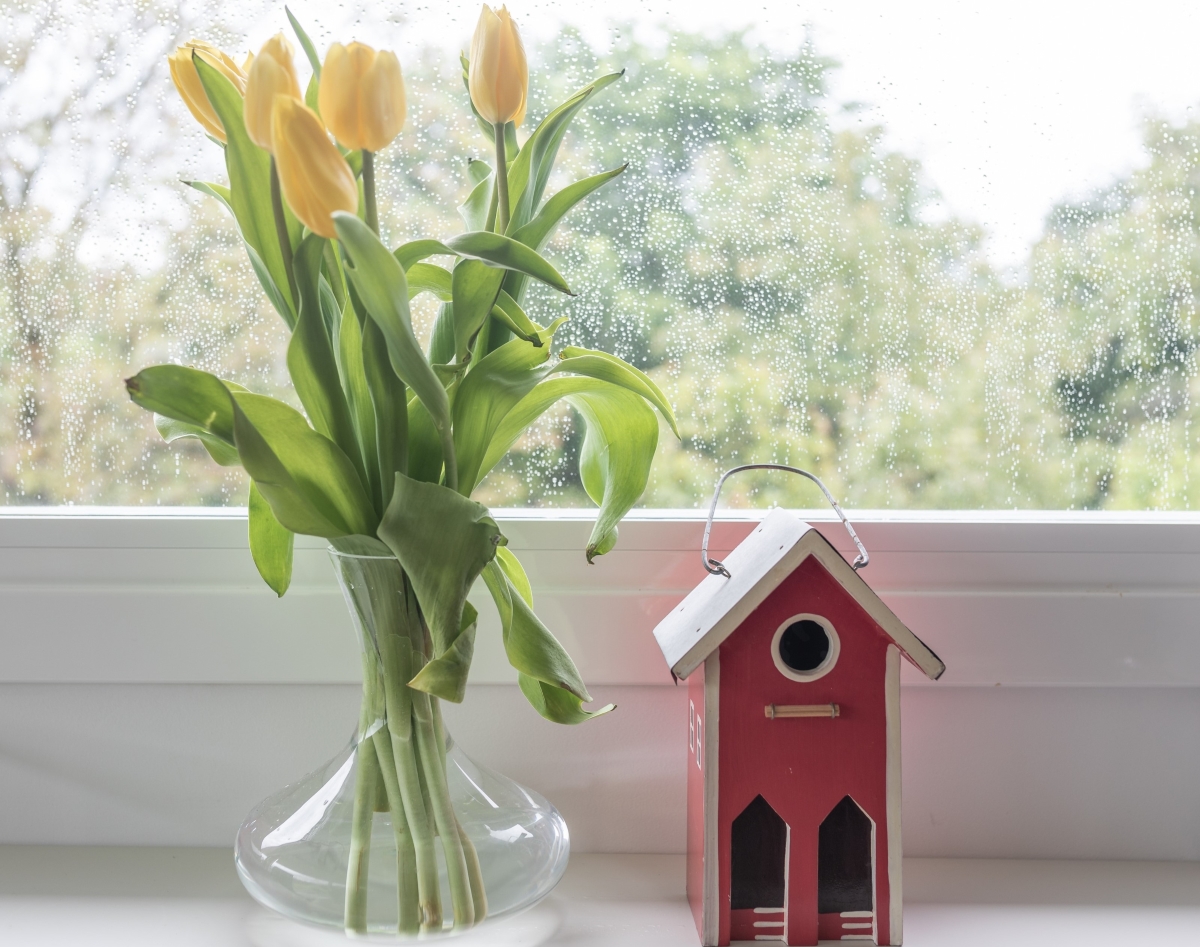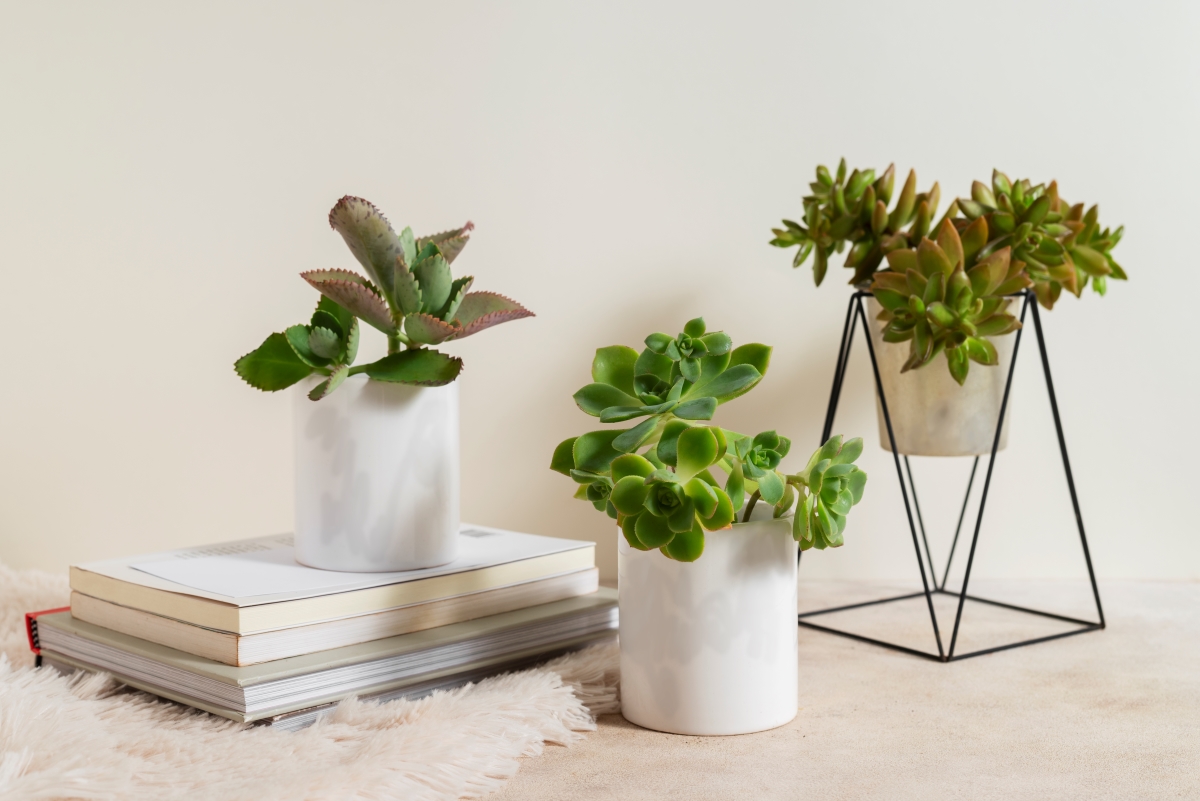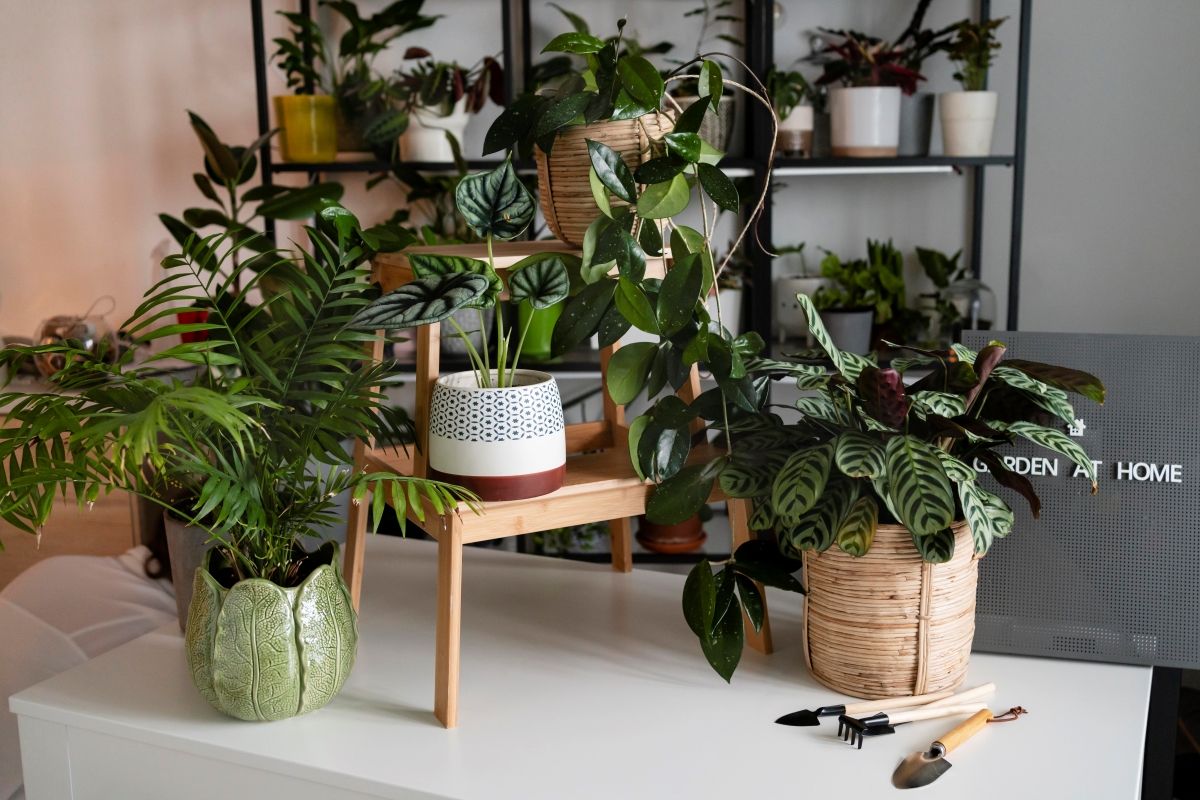The Benefits of Keeping Houseplants for Seniors

Keeping houseplants can significantly enhance the quality of life for seniors, providing numerous benefits ranging from physical health improvements to emotional well-being. As we age, engaging in activities that promote mental and emotional stability becomes increasingly important. Houseplants can be an excellent addition to your home, offering aesthetic appeal and a range of health benefits. This blog post will explore the various advantages of houseplants for seniors, provide insights on selecting and caring for them, and encourage you to bring a touch of greenery into your living space.
Health Benefits of Houseplants

1. Improved Air Quality
One of the most significant benefits of having houseplants is their ability to purify the air. Plants can absorb toxins and release oxygen, which helps create a healthier indoor environment. According to research conducted by NASA, certain houseplants can remove harmful substances like formaldehyde, benzene, and carbon monoxide from the air. Some great air-purifying plants include:
- Spider Plant: Spider plants are known for their ability to remove pollutants. They are also easy to care for, making them perfect for seniors.
- Peace Lily: This elegant plant filters air toxins and adds a touch of beauty with its stunning white flowers.
- Snake Plant: Often referred to as the “mother-in-law’s tongue,” this resilient plant thrives in low light and requires minimal watering.
2. Reduced Stress and Anxiety
The presence of greenery in your home can have a calming effect. Studies show that interacting with plants can reduce stress levels and improve overall mental health. Caring for houseplants encourages mindfulness, allowing you to focus on nurturing and growth, which can serve as a therapeutic outlet. Additionally, tending to plants can be meditative, providing a sense of purpose and achievement.
3. Enhanced Mood and Emotional Well-being
Plants can positively impact your mood. Research has indicated that spending time around greenery can increase happiness and well-being. Houseplants create a warm and inviting atmosphere, making your home feel more comfortable and pleasant. The colors and textures of plants can stimulate your senses, contributing to an uplifting environment.
4. Improved Cognitive Function
Engaging with houseplants can help stimulate cognitive function, which is especially important for seniors. Caring for plants requires planning, attention to detail, and problem-solving, all of which can keep your mind active. Additionally, research has suggested that being around nature can improve focus and concentration, making engaging in tasks and activities easier.
5. Physical Health Benefits
Caring for houseplants can also encourage physical activity. Regularly tending to plants—whether watering, repotting, or pruning—can promote movement and flexibility, which are essential for seniors. Light gardening can serve as a gentle exercise, improving hand-eye coordination and keeping you engaged in physical activity without the need for strenuous workouts.
Social Benefits of Houseplants

6. Encouraging Social Interaction
Houseplants can serve as conversation starters, fostering connections with friends and family. Sharing your love for plants can lead to discussions about gardening, plant care tips, and even exchanges of cuttings or seeds. If you live in a senior community, consider joining or starting a gardening club where you can meet like-minded individuals and share your passion for plants.
7. Creating a Sense of Accomplishment
Caring for houseplants can give seniors a sense of responsibility and accomplishment. Watching your plants thrive due to your care can boost self-esteem and create a sense of pride. This feeling of achievement can be particularly meaningful for seniors who may be facing challenges related to aging or health.
Choosing the Right Houseplants

When selecting houseplants, consider factors such as your living environment, lifestyle, and level of experience with plant care. Here are some tips for choosing the right plants for your home:
1. Low-Maintenance Plants
Opt for plants requiring minimal care, especially with limited mobility or experience. Some low-maintenance options include:
- Pothos: This hardy vine is virtually indestructible and can thrive in low light, making it an excellent choice for beginners.
- ZZ Plant: Known for its drought tolerance, the ZZ plant is perfect for seniors who may forget to water regularly.
- Philodendron: With its attractive foliage and ease of care, it is a popular choice for many households.
2. Consider Your Environment
Evaluate your living space when choosing plants. Consider factors such as light availability, humidity levels, and temperature. For instance, if you live in a bright apartment, you might consider succulents or cacti that thrive in bright, sunny conditions. Conversely, if you have low light, choose plants like snake plants or pothos that can tolerate shade.
3. Size and Space
Consider the size of your living space and the room available for plants. Small plants or tabletop varieties can fit easily on windowsills or side tables, while larger plants can be focal points in larger rooms. Choose plants that fit well with your available space and enhance your home’s décor.
Caring for Houseplants

Once you’ve chosen your houseplants, it’s important to understand how to care for them properly. Here are some essential care tips:
1. Watering
Overwatering is a common mistake that can lead to root rot. Always check the soil moisture before watering; if it feels dry to the touch, it’s time to water. Use pots with drainage holes to prevent excess water from accumulating.
2. Light Requirements
Understanding your plants’ light needs is crucial for their health. Place plants in locations that receive the appropriate amount of sunlight. Consider using grow lights to supplement their needs if natural light is limited.
3. Fertilizing
During the growing season (spring and summer), consider fertilizing your plants with a balanced, water-soluble fertilizer to encourage growth. Follow the instructions on the fertilizer package for the best results.
4. Pruning and Cleaning
Regularly prune dead or yellowing leaves to keep your plants healthy and attractive. Dusting the leaves occasionally will help them absorb sunlight more efficiently.
Conclusion

Incorporating houseplants into your living environment can bring a wealth of benefits for seniors, from improving air quality to enhancing emotional well-being. Caring for plants can provide a sense of purpose, promote physical activity, and encourage social interactions.
By selecting the right plants and understanding their care needs, you can create a vibrant and nurturing home that supports your health and happiness. Whether you’re a seasoned gardener or a novice, taking the time to tend to your houseplants can transform your space and enhance your quality of life. So, why not bring a little green into your life today?





